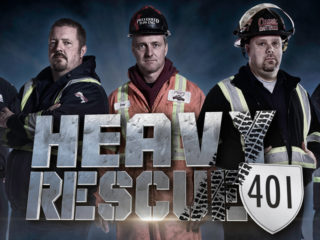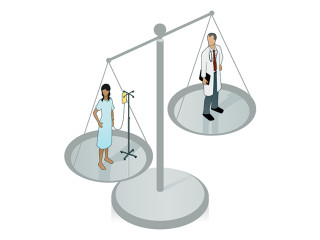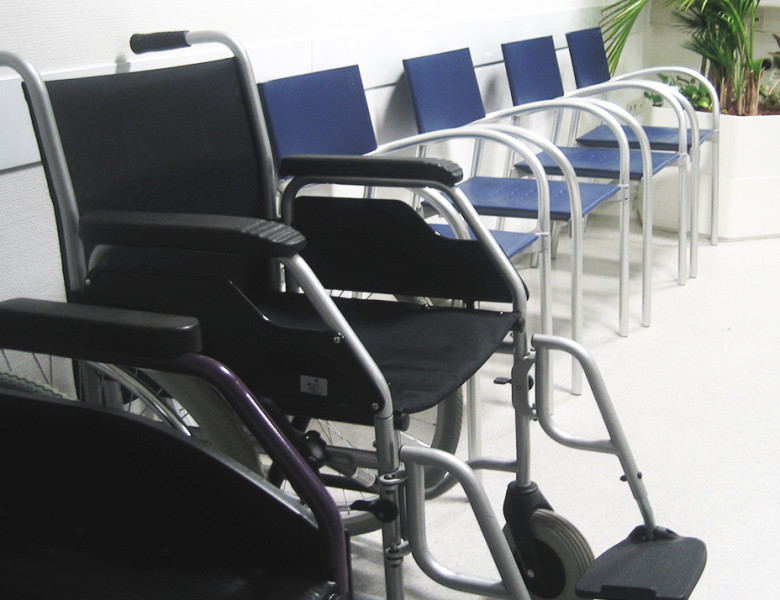When a serious injury occurs, it can have a major impact on the career path and potential earnings of the victim, but it is often difficult to predict the exact value of this loss. This valuation is even harder when considering the ongoing trend towards self-employed contract work and nontraditional employee/employer relationships. Sometimes, an injured person may earn the same or more than they did before their injury and it appears as though there is no loss to income due to the injury. However, the real economic loss may only become apparent over time, when an inability to perform a job in the same capacity affects career prospects. Finding new ways to evaluate this type of loss is important to those who have suffered a dramatic impact from their injury.
Often injuries can cause significant impairments and despite rehabilitation, these impairments remain permanent. Many have little choice but to continue to make efforts to work despite their injuries in order to maintain their business or income for their families. Impairment may translate into an inability to achieve tasks in a timely manner, take on a different role (e.g., becoming more supervisory), or even an inability to secure new business. As a result, the person’s business or income may dramatically suffer. The challenge is: how does one quantify this loss?
Courts have recognized the “capital asset” of a business owner for many decades and recognize the “loss of competitive advantage” when a business owner has suffered impairments relating to their injury. A review of some of the case law reveals recognition of economic disadvantage when there is a permanent impairment affecting one’s ability to earn income at a higher capacity than could have been earned.
In particular, the Courts have recognized an economic loss (loss of competitive advantage) where:
a person has been “substantially affected by her injury” or that “her ability to attract and retain clients is negatively impacted by her injury”;
Shaw v. Brunelle [2012] O.J. No. 314 (the plaintiff was awarded $25,000)
a person who “operates his business much differently and has taken on a much more of a supervisory role” or is unable to “return to the nature and level of work he performed before the accident”;
Tennant v. Fariba [2013] O.J. No. 1260 (the plaintiff was awarded $50,000)
a person “is a less marketable worker because of his injuries, both physical and psychological. His career choices have narrowed and should he decide not to carry on with his own business as a self-employed sole proprietor, he would be disadvantaged when seeking employment in the marketplace”;
Tennant v. Fariba [2013] O.J. No. 1260 (the plaintiff was awarded $50,000)
a person with permanent impairments who may “for any reason need to seek alternative employment she faces more hurdles than she might otherwise”.
Parasiliti v. Beatty [2015] O.J. No. 5212 (the plaintiff was awarded $35, 000)
However, analysis of case law reveals that many times the Courts will apply a seemingly arbitrary amount and may actually undervalue the true loss of competitive advantage for the impaired person. The case law above includes loss of competitive advantage awards of $25,000, $50,000 and $35,000, respectively. It is apparent that these awards are calculated on a case-by-case basis, the best way to accurately evaluate the unique loss of competitive advantage.
Clearly, the challenge is using a standard approach to assist the Court in determining the value of the loss of competitive advantage and, in particular, using a past earnings history to measure potential future loss. Sometimes the conventional economic approach to this pecuniary loss does not always work. Interestingly, a new economic approach may be emerging. In the Tennant case, there was an attempt to show the impact of the plaintiff`s loss of competitive advantage on the basis of the level of impairment of the plaintiff compared to an average worker. Although rejected in that case, this approach may be the answer to determining a more concrete measure of a person`s loss of competitive advantage. For example, there may be statistics that support the extent to which one is impacted by loss of promotional opportunities, limited job options, or even on the ability to secure employment due to a mild, moderate or severe disability. There are some studies like the Participation and Activity Limitation Study (PALS) that suggest people with impairments are less likely to be hired and typically earn less than non-impaired counterparts.
Proper evaluation of the true economic loss to a person who suffered a loss of competitive advantage remains difficult. A new approach using “participation rates” studies may be of some assistance to the Court in determining the loss of competitive advantage for those that have suffered ongoing permanent impairments. Either way, one must not forget about this head of damage when assessing the value of the financial implications of injuries on a plaintiff`s livelihood.















2 Comments